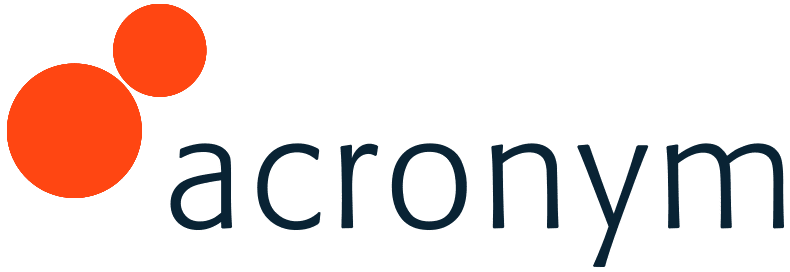By Peter Semetis
 Unless you have an unlimited budget, patience will be a virtue in the aftermath of Google’s shifting of paid results to the left-hand side of desktop, mirroring mobile results and posing a host of issues going forward.
Unless you have an unlimited budget, patience will be a virtue in the aftermath of Google’s shifting of paid results to the left-hand side of desktop, mirroring mobile results and posing a host of issues going forward.
Overview
Starting earlier this week, only four paid search results will now appear at the top of the page. Paid search ads that fall below the fourth rank will appear at the bottom of the page, which has limited visibility. (If you are not seeing this change, try utilizing incognito mode on your browser.)
This change is being rolled out globally across google.com and all other google country sites such as google.co.uk.
Google now has opportunities to push other ad units, like Google Shopping and Knowledge panels such as Hotel metasearch ads.
Why is this Happening?
Google continually tests different ad layouts, to identify the most optimal page configuration.
A Google spokesperson noted via Search Engine Land:
“We’ve been testing this layout for a long time, so some people might see it on a very small number of commercial queries. We’ll continue to make tweaks, but this is designed for highly commercial queries where the layout is able to provide more relevant results for people searching and better performance for advertisers.”
http://searchengineland.com/google-no-ads-right-side-of-desktop-search-results-242997
As mobile traffic has grown at an accelerated pace over the past two years, this new layout makes the desktop experience very similar to the current mobile SERP.
What is the Impact?
This will likely impact ad campaigns in the following ways:
- CPCs will increase. As advertisers compete for the first four positions of the SERP, Acronym anticipates the average cost per click for paid keywords will increase. Advertisers are more likely to adjust their CPCs to maintain top positions 1-4, especially focusing on the top 3 positions, which would appear above the fold. For advertisers, the new layout increases the importance of bidding high enough to attain prime visibility on the SERP. For Google as a business, the inflation of CPCs will yield healthy revenue gains.
- Budgets may go up. Advertisers may spend more in the next couple of weeks as some might panic and try to ensure top positions, making the space more competitive.
- Impressions and clicks may decrease. If you are an advertiser that typically appears mostly on the right-hand side, you will likely see a decrease in impressions and clicks as your ads drop below the fold. For keywords that you typically bid in position 1-3, there may not be much impact on impression.
- CTRs could increase. Expect higher click-through rates for paid search ads within the top four positions, as right-hand paid search ads are no longer present to detract clicks.
- Average Position will increase. As some advertisers panic to increase bids to gain a higher position, their positions will improve. The impressions received will likely be for higher positions only.
- Impression Share will decline.
- Mobile strategies will be leveraged for desktop. As the desktop SERP becomes more like mobile, Google is forcing advertisers to use a mobile mindset for managing desktop keywords and bids.
- Organic search will be impacted. By adding a fourth paid search ad to the top of the SERP, Google has pushed organic results farther down the SERP. This will impact organic rankings in the top 2 positions. Rankings that are lower in position (Positions 3-4) could gain more traction especially in results where the right-hand side of the page has no listings at all.
- Upper-funnel keywords will be less affordable. This is likely to impact the affordability of broader keywords that are utilized to build awareness and new traffic. With already high CPCs, these keywords may not be possible anymore.
What Should You Do?
Don’t panic. The fight for top positions will begin and CPCs are going to go up. We do not want to run out of budget by increasing positioning/CPCs without solid data to back this up.
Your first step should be to communicate this change internally. You will no longer show up for every single search query unless you have unlimited budget. It’s important that those in your organization understand what has changed, its impact and what you will be doing to respond.
Here are some specific near-term tips.
- Set up alerts (in bid management tools or engines directly) if CPCs increase by 10% over the previous week.
- Create two segments of keywords including above the fold and below the fold keyword buckets by brand and non-brand. These will serve as recommendations for positioning in light of this change.
- Reevaluate ad copy given positioning changes, including site links and other extensions.
- Monitor and analyze impact on organic listings, including increased CTRs, traffic, etc. across keyword segments by position utilizing Keyword Object’s Keyword Provided Algorithm.













